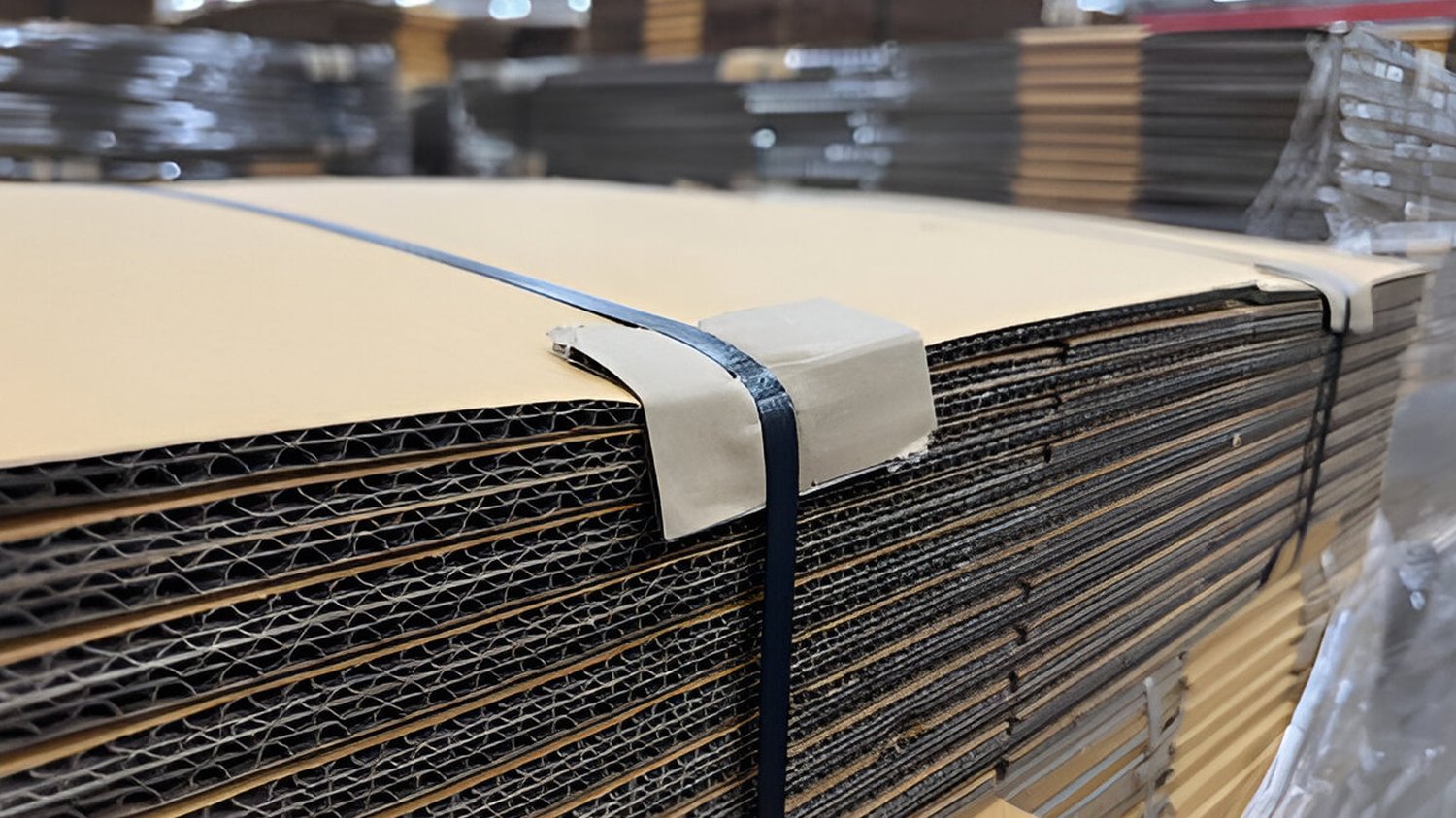Introduction
When it comes to securing heavy shipments, strapping is the go-to solution. Strapping involves using a sturdy and reliable tool, which makes it significantly easier and faster to bind items together. A strapping tool is essential when you want to guarantee that your shipment reaches its destination intact. But what exactly does a strapping tool do? Let's explore further.
What Is a Strapping Tool?
A strapping tool is a device used to tighten and secure strapping to containers, pallets, or packages. It typically consists of a tensioner and a sealer. The tensioner tightens the strap around the package, while the sealer creates a seal by crimping and cutting off the excess strapping. The two devices work in conjunction to create a strong and durable bond between the packages.
Types of Strapping Tools
Before we get into what a strapping tool does, it is essential to understand that there are different types of strapping tools. These include:
- Manual Strapping Tools: These are hand-held devices that require the operator to use their strength to pull the strapping tight.
- Battery Powered Strapping Tools: These tools are cordless and use battery power to tighten and seal strapping.
- Pneumatic Strapping Tools: These use compressed air to tighten and seal the strapping and are ideal for high-volume applications.
What does a strapping tool do??
1) Tightening Strapping
The primary purpose of a strapping tool is to tighten the strapping securely and uniformly around the packages. It lets you apply enough tension to keep the packages together without damaging the contents inside.
2) Sealing Strapping
After tightening the strapping, the next step is to seal it to create a bond between the packages. A strapping tool crimps and seals the strapping by applying pressure and heat.
3) Speed Up the Packaging Process
Using a strapping tool will speed up the packaging process significantly, especially when compared to manual strapping techniques. This means your staff can spend less time packing and more time on other tasks.
4) Stability and Safety
Strapping tools create stronger bonds between packages, resulting in better stability during transit. They also help to avoid damages or injuries that may occur when a packed package falls during transit.
5) Cost-Effective
Investing in a strapping tool is cost-effective in the long run. It saves your company time and money spent on damaged packages and reduces the need for additional labor to finish the packing process.
6) Accommodates Heavy and Light Items
A strapping tool is versatile and can be used for strapping light and heavy items. It can adjust the tension and sealing to accommodate items of different sizes and weights.
7) Increased Efficiency
Strapping tools make the process of strapping more efficient by speeding up the process and making it easier to use. This means that with a strapping tool, you can get more packages out the door within a shorter time frame.
8) Customization
A strapping tool allows you to customize the strapping process to your specific needs. You can set the tension and sealing as per the requirements to ensure that your packages reach their destination in perfect condition.
9) Durability
Strapping tools are built to last, making them a vital investment for businesses with high-volume packaging needs. They can withstand the wear and tear of daily use and require minimal maintenance.
10) Flexibility
A strapping tool is suitable for various industries, including manufacturing, logistics, and retail. It works perfectly for packages of different shapes, sizes, and weights, making it ideal for businesses with diverse packaging needs.
Conclusion
In conclusion, a strapping tool is an essential tool for businesses that value the safety and security of their shipments. It provides a cost-effective and efficient way of securely strapping packages, making the shipping process streamlined and stress-free.

